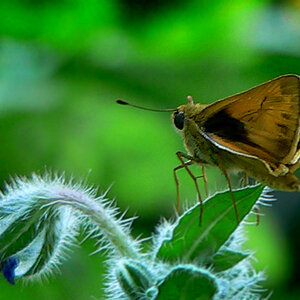AXIS
TPF Noob!
- Joined
- Apr 28, 2013
- Messages
- 52
- Reaction score
- 2
- Location
- McDonough, GA
- Can others edit my Photos
- Photos OK to edit
Im considering picking up a 35mm F1.8 as the start of my lens collection (so far its just the 18-55mm kit).
I really want to shoot more night shots, especially astrophotography type of stuff.
Is the change from F3.5 (well, F5 at 35mm) to F1.8 going to be a huge difference for night shots or will I notice much of a difference at my amateur level?
I tried taking some shots of the stars the other night and some turned out ok. Id really like to get some better shots but I dont know if the lens is going to make that big of a difference or not.
I really want to shoot more night shots, especially astrophotography type of stuff.
Is the change from F3.5 (well, F5 at 35mm) to F1.8 going to be a huge difference for night shots or will I notice much of a difference at my amateur level?
I tried taking some shots of the stars the other night and some turned out ok. Id really like to get some better shots but I dont know if the lens is going to make that big of a difference or not.


![[No title]](/data/xfmg/thumbnail/35/35879-b9a5a75c88f724f404f976b0c0e67dbd.jpg?1619737207)
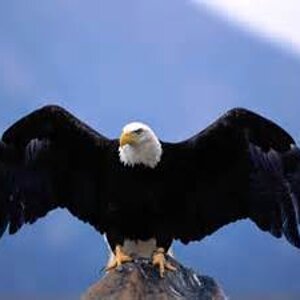
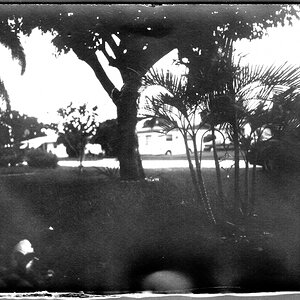

![[No title]](/data/xfmg/thumbnail/37/37608-63b0d340b0972479217b548a4026df96.jpg?1619738149)
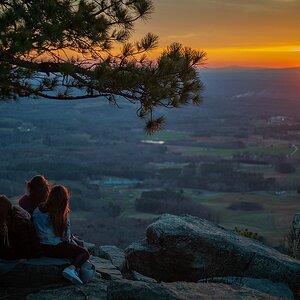
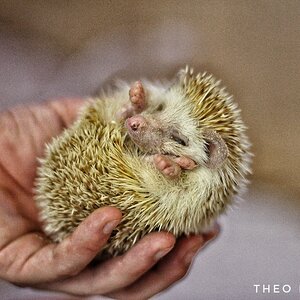

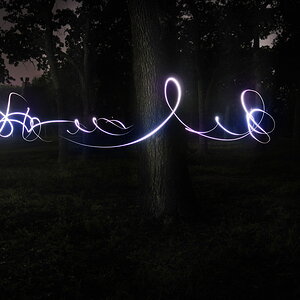
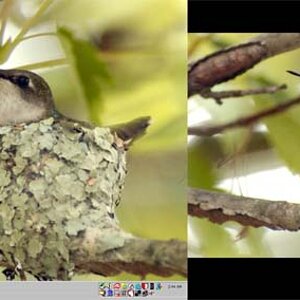
![[No title]](/data/xfmg/thumbnail/37/37609-a1984365804384f841d8245ae7e3b9a7.jpg?1619738149)
